Exploring Ogawa-machi’s Culture
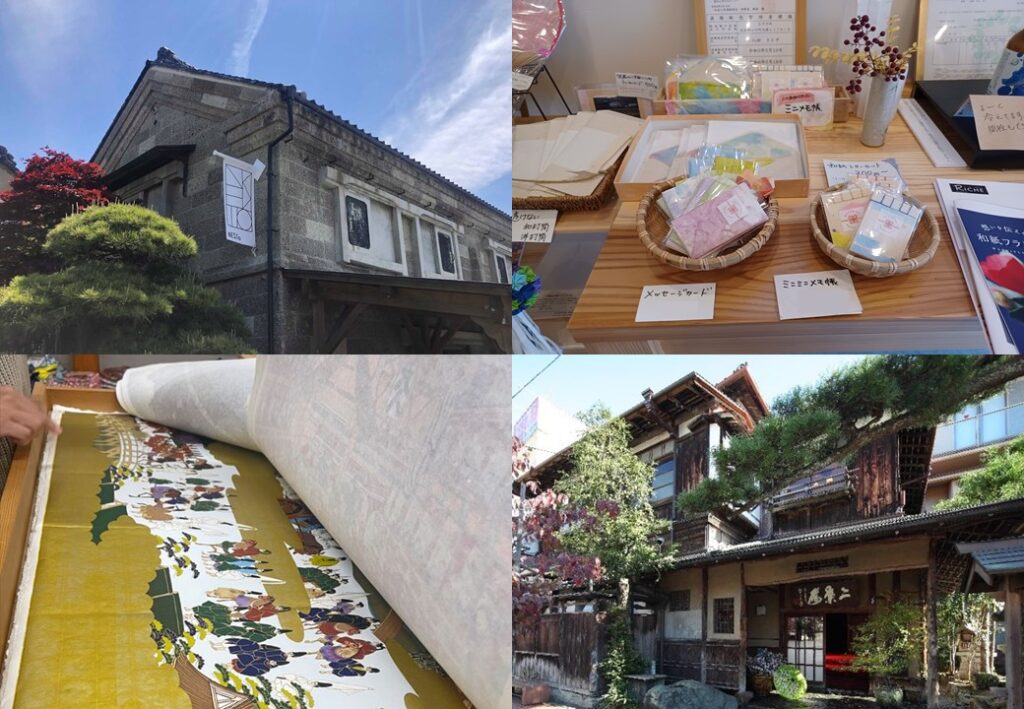
A Route to Enjoy the Charm of Ogawa-machi, Saitama Prefecture. You can experience the culture of Saitama, local gourmet cuisine, and the allure of traditional washi paper products. The southern part of Ogawa-machi station's city area thrived as the center of town during the Edo period, with surviving buildings such as townhouses, Western-style houses, and warehouses, earning it designation as a "Saitama Prefecture Historical Scenic Model District." From Ikebukuro, you can experience Authentic Japan in just an hour and a half.
Start
Ikebukuro Station (9:00 AM)
Approximateley 90 minutes : From Ogawa-machi Station (Tobu Tojo Line ordinary/express 75 minutes) then a 10-minute walk.
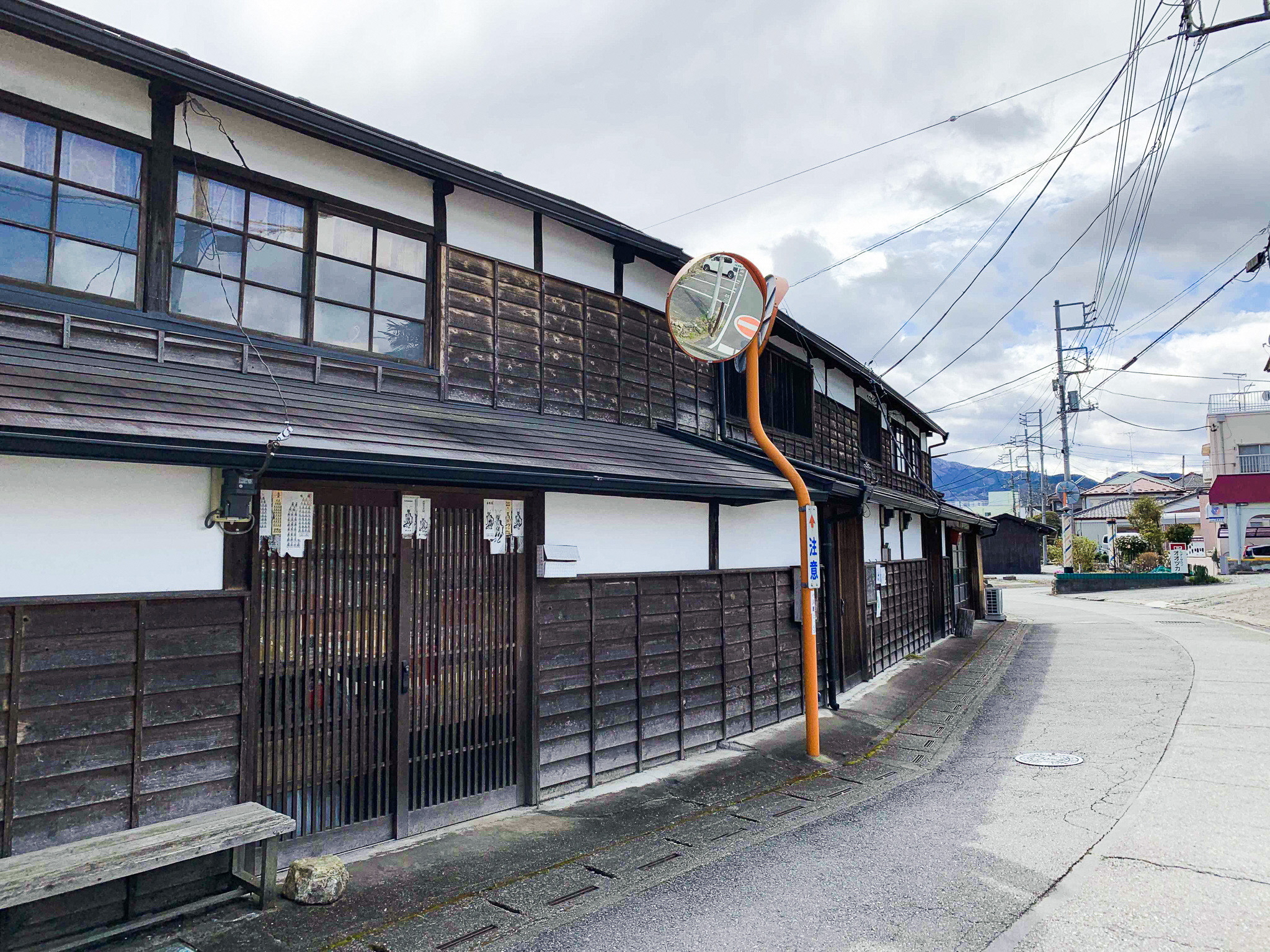
10:30 AM - 10:40 AM
Visiting the Footsteps of the Meiji Era (1868-1912)
Tanaka Ke Nagaya Longhouse: A Treasure of Saitama's History
The Tanaka Ke Nagaya (Tanaka Family Longhouse) is a precious structure offering insights into the lives of ordinary people during the Meiji period (1868-1890). Constructed during this era, it provides a glimpse into the lifestyle of those who contributed to the town's center. This two-story wooden building, featuring an iron-sheet roof, retains its beauty through the ages. Recognized as a tangible cultural asset on February 4, 2021, it stands as a testament to Saitama's rich history.
10-minute walk
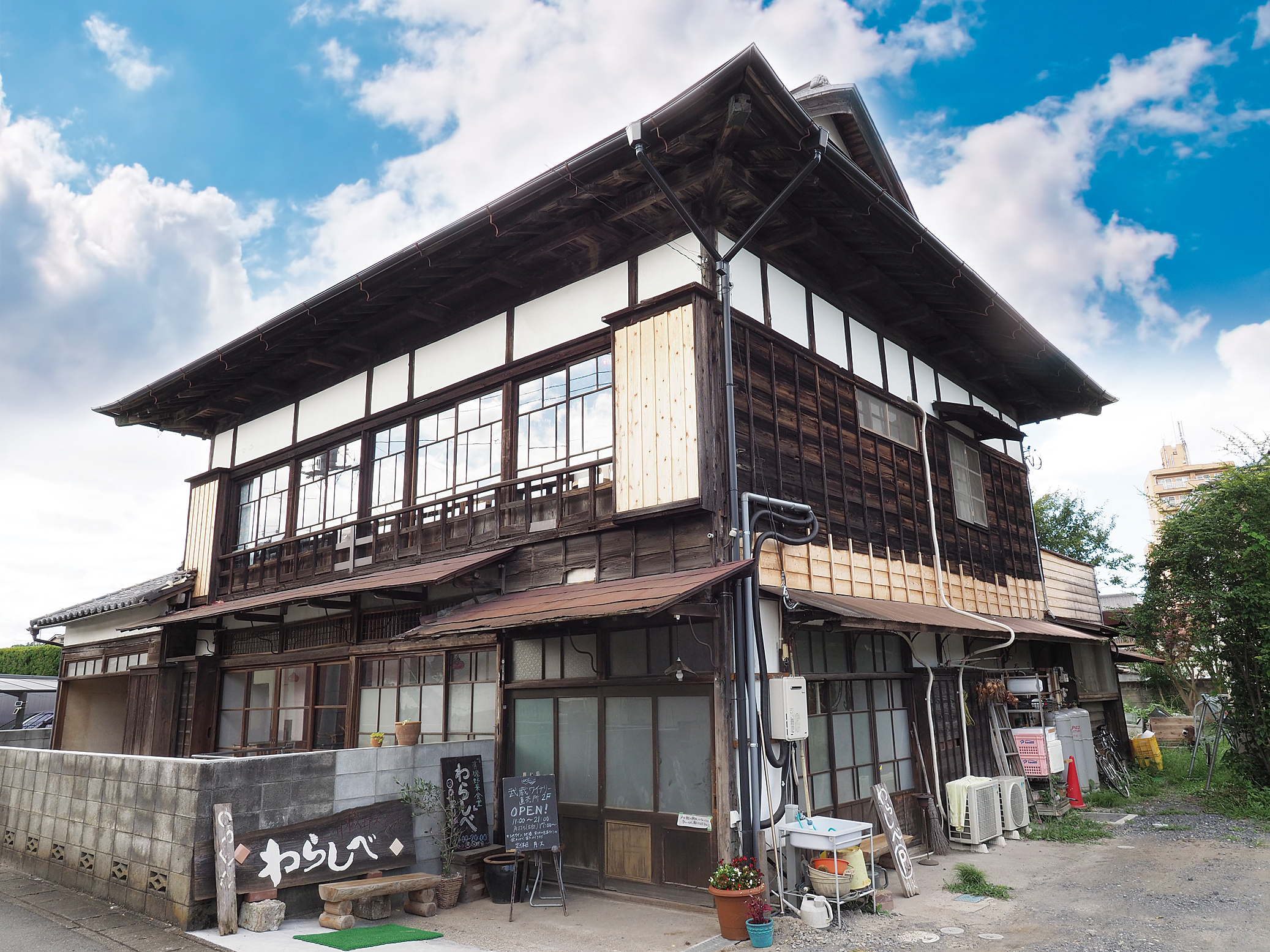
10:50 AM - 11:20 AM
A traditional folk house with 125 years of history
This historical building, constructed in 1888, was initially known as Gyokuseisha. It served as a hub for transmitting sericulture techniques, greatly influencing Ogawa-machi. Sericulture is the cultivation of silkworms and the production of silk, an industry that played a significant role in Japan's history. After fulfilling its original purpose, the building transitioned into a private residence. However, in 2016, due to its aging condition, it faced demolition. Recognized as a town landmark, it underwent renovation, thanks to community support. Today, it hosts a restaurant featuring an organic menu, a winery, and a general shop, providing a space for relaxation and social interaction.
5-minute walk.
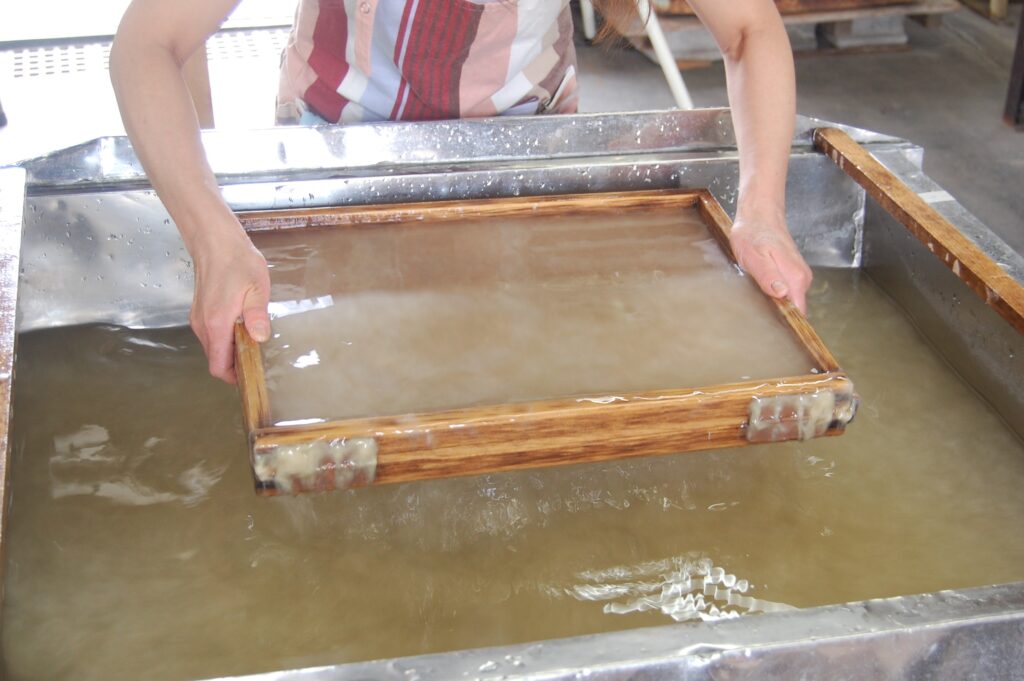
11:25 AM - 12:00 PM
Experience 1,300 Years of Washi Paper History
Ogawamachi Washi Experience Learning Center
To make traditional Japanese washi paper, you need harsh cold and clear water. Ogawamachi, in northwest Saitama Prefecture, is a region that has both of these conditions. The Hosokawa paper made here is registered as a UNESCO Intangible Cultural Heritage, and is highly regarded worldwide, having even been used to restore the Louvre and the British Museum. The Ogawamachi Washi Experience Learning Center is a historical building constructed in 1936 for the study of washi paper, and is a place where craftspeople can learn and practice papermaking. Visitors can also observe and experience the washi-making process, ranging from simple introductory courses to a comprehensive four-day experience. *Reservations are required for experiences. Brochures in English and Chinese are available, but staff explanations are in Japanese only, so if you need an interpreter, please contact the Saitama Tourism Support Desk.
10-minute walk
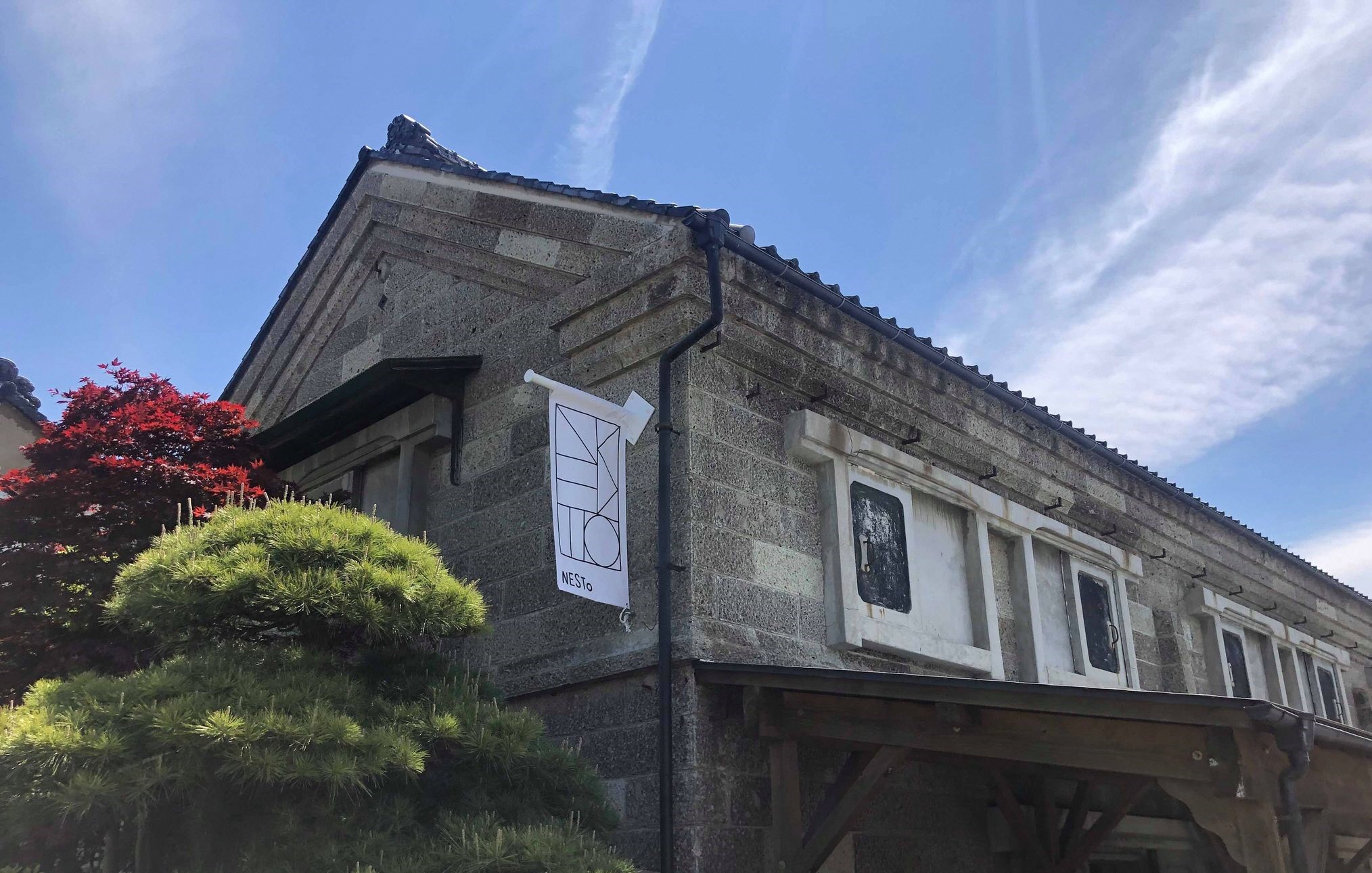
12:10 PM - 12:30 PM
NESTo, a stone warehouse with 100 years of history
A coworking space born from the renovation of a 100-year-old stone warehouse in Ogawa-machi. Its highlights include walls made of Oya Stone, a table crafted from a 100-year-old cedar tree, and a space that harmonizes nature and history. It's a facility packed with architectural charm and represents Ogawa-machi's commitment to a sustainable society. Reservation-only, it offers cuisine made with local ingredients from Ogawa-machi and also Saitama.
10-minute walk.
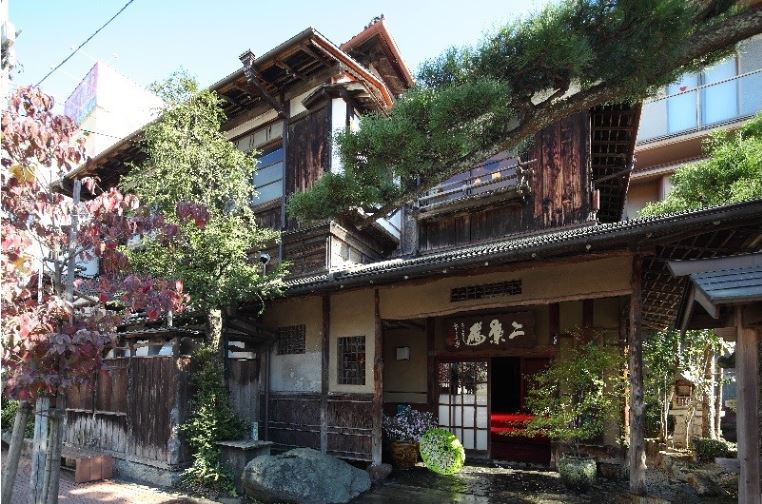
12:40 PM - 1:40 PM
A blissful space where Japanese cuisine and nature harmonize.
Kappo Futaba
Visitors have the opportunity to savor Chushichi rice, renowned as one of the country's top five local delicacies. Adjacent to the hotel is a picturesque garden, providing a serene backdrop for dining amidst nature. The main building, constructed in a grand sukiya architectural style, along with the Roku Roku Tei tea house within the compound, holds the prestigious designation of a National Tangible Cultural Property.
10-minute walk
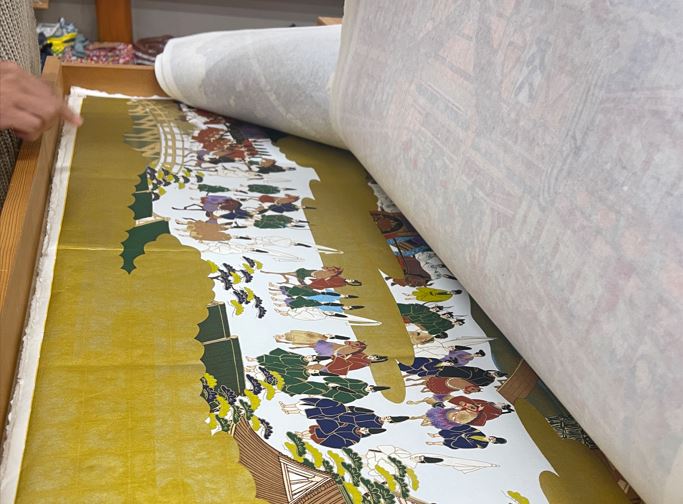
1:50 AM - 2:10 PM
A specialty store of traditional craftsmanship and beauty woven into Japanese paper products.
Kadokura Washi Shop
The Kadokura Shop in Ogawa-machi is renowned as a specialty store for Japanese paper products. Here, a wide variety of traditional Japanese paper goods are sold, known for their beauty and high quality. The Kadokura Shop offers an abundant selection of handmade Japanese paper products crafted by local artisans.
5-minute walk.
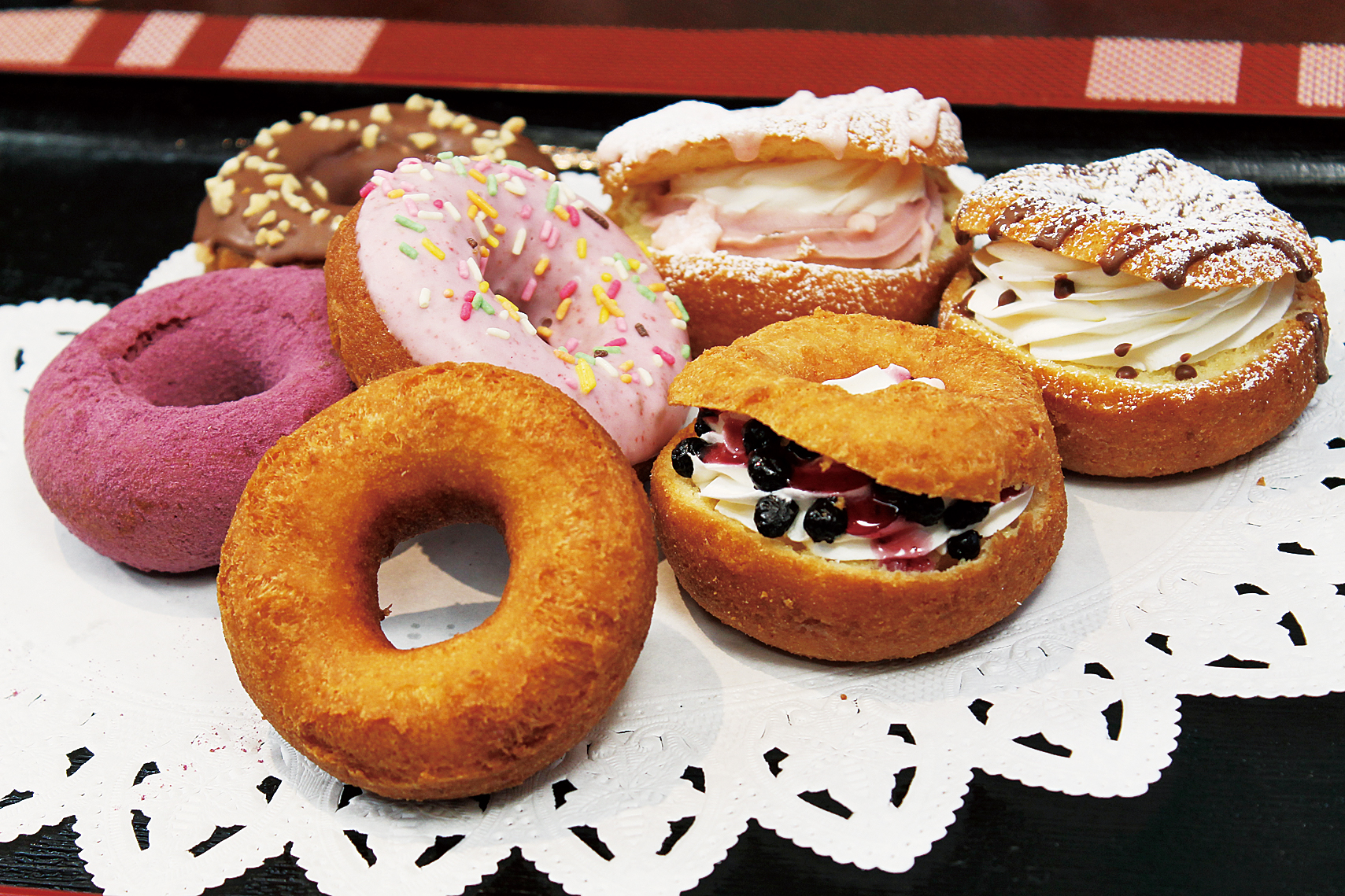
2:15 PM - 2:45 PM
Sandaime Shimizuya Ogawa-machi Ekimae Branch
The shop with a donut sign at Ogawa-machi Station is its trademark. With over 40 varieties of okara donuts, they boast a crispy exterior and a chewy interior! These delicious and healthy treats are made from okara, the pulp left over from soybean milk production, and soy milk, a byproduct of tofu production. Of course, you can also purchase freshly made tofu and other popular items from the tofu workshop store at the station. You can also enjoy soft-serve ice cream, okara donut parfaits, freshly brewed coffee, soy milk lattes, and more on the first and second floors for a relaxing dining experience.
5-minute walk
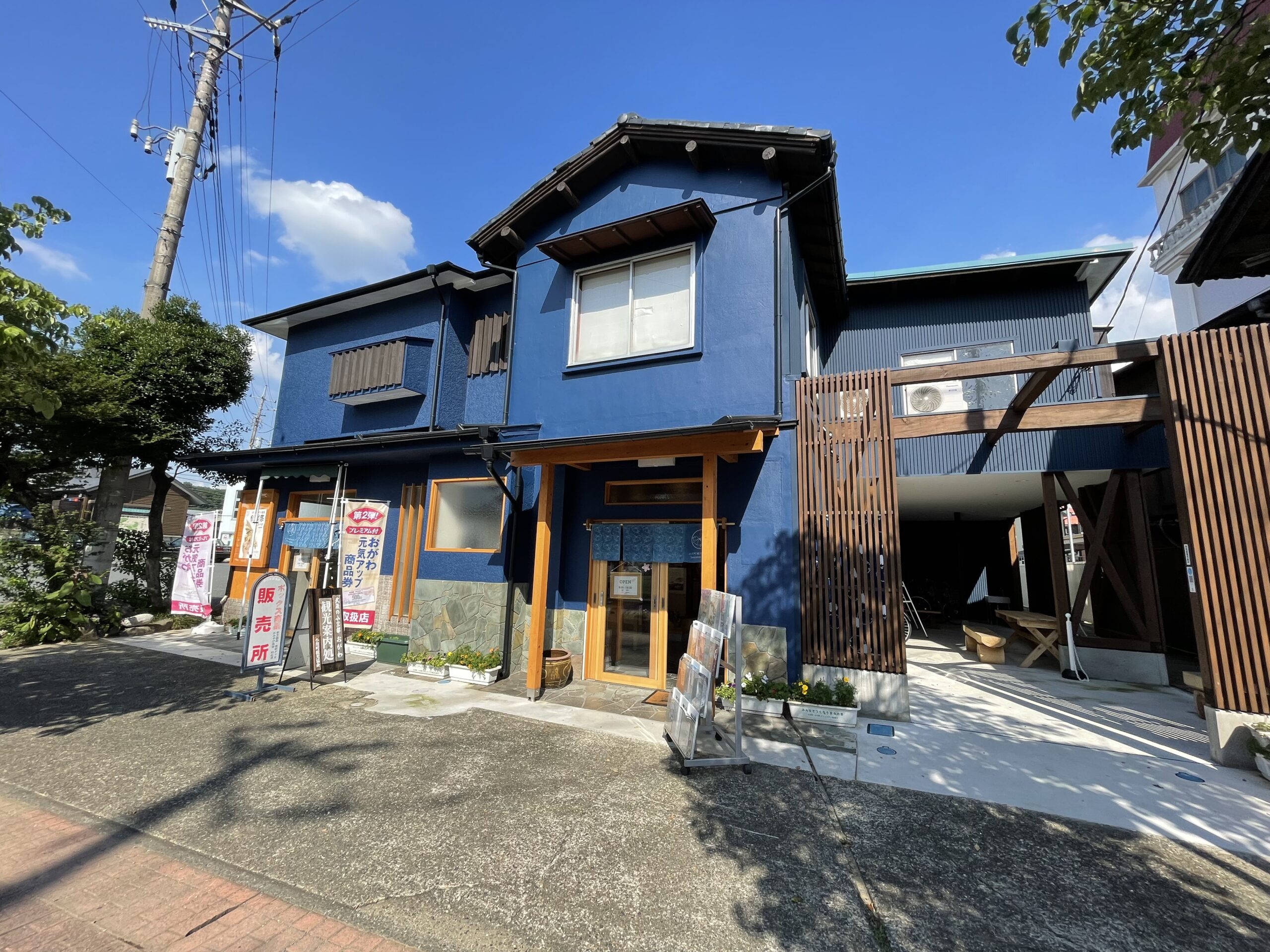
2:50 PM - 3:05 PM
A Window to Overlook the Charms of Ogawa-machi
Ogawa-machi Tourist Information Centre "Musubime"
The Ogawa-machi Tourist Information Center is named "Musubime," combining the words "connect" and "buds." It's named with the hope that it serves as a place to connect the outside, tourists, and immigrants, with the inside, Ogawa-machi. It links the past, history, with the present and future, where the buds we have connected grow into something great. Here, you can obtain local information and event details. Additionally, it serves as a hub for selling souvenirs and locally grown organic vegetables, providing support for immigration, and hosting workshops. It's also rich in modern design washi paper products. The building, constructed approximately 90 years ago, boasts a profound charm in its architecture.
Approximateley 75 minutes : By Tobu Tojo Line Local / Express from Ogawa-machi Station
Goal
Ikebukuro Station (4:30 PM)